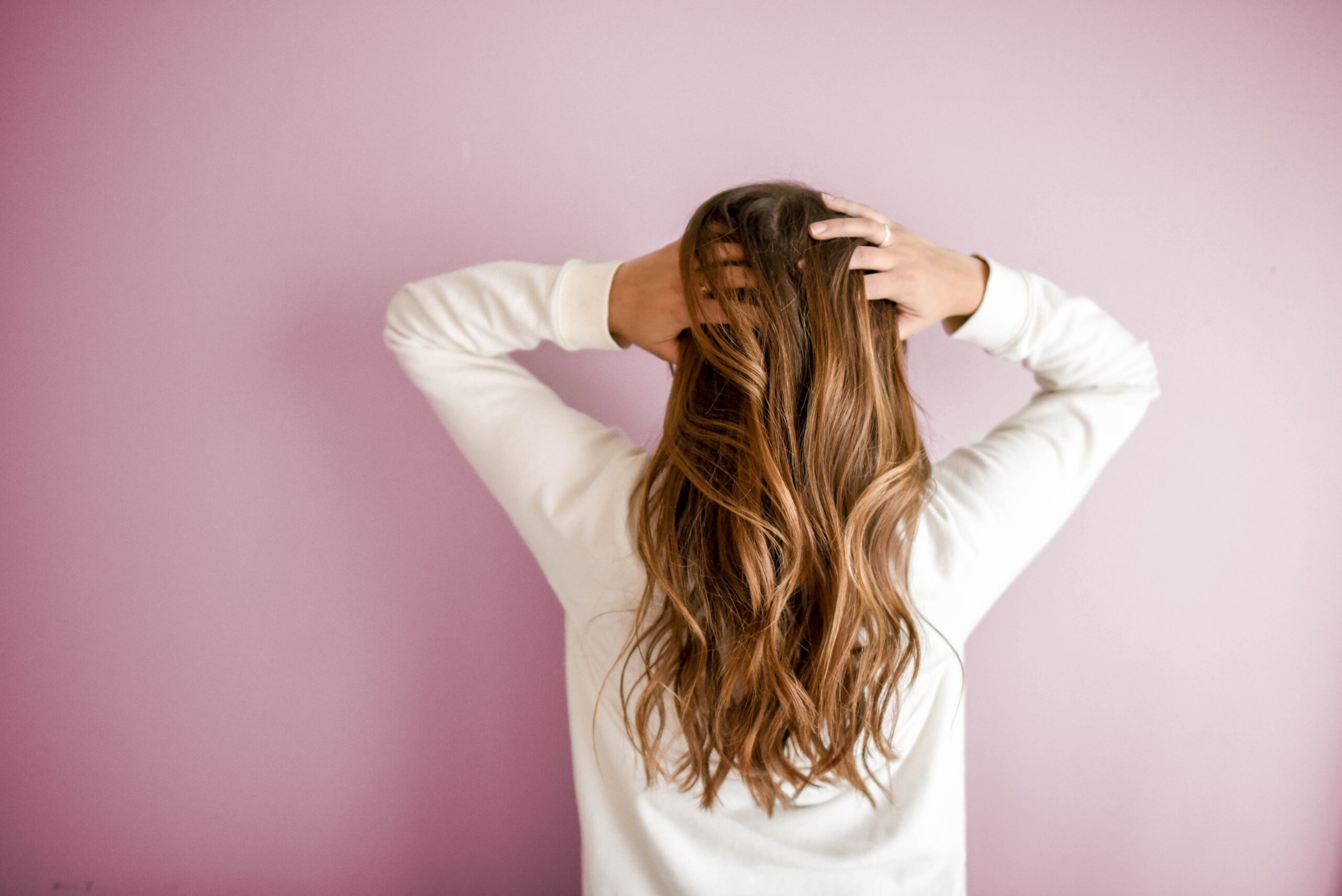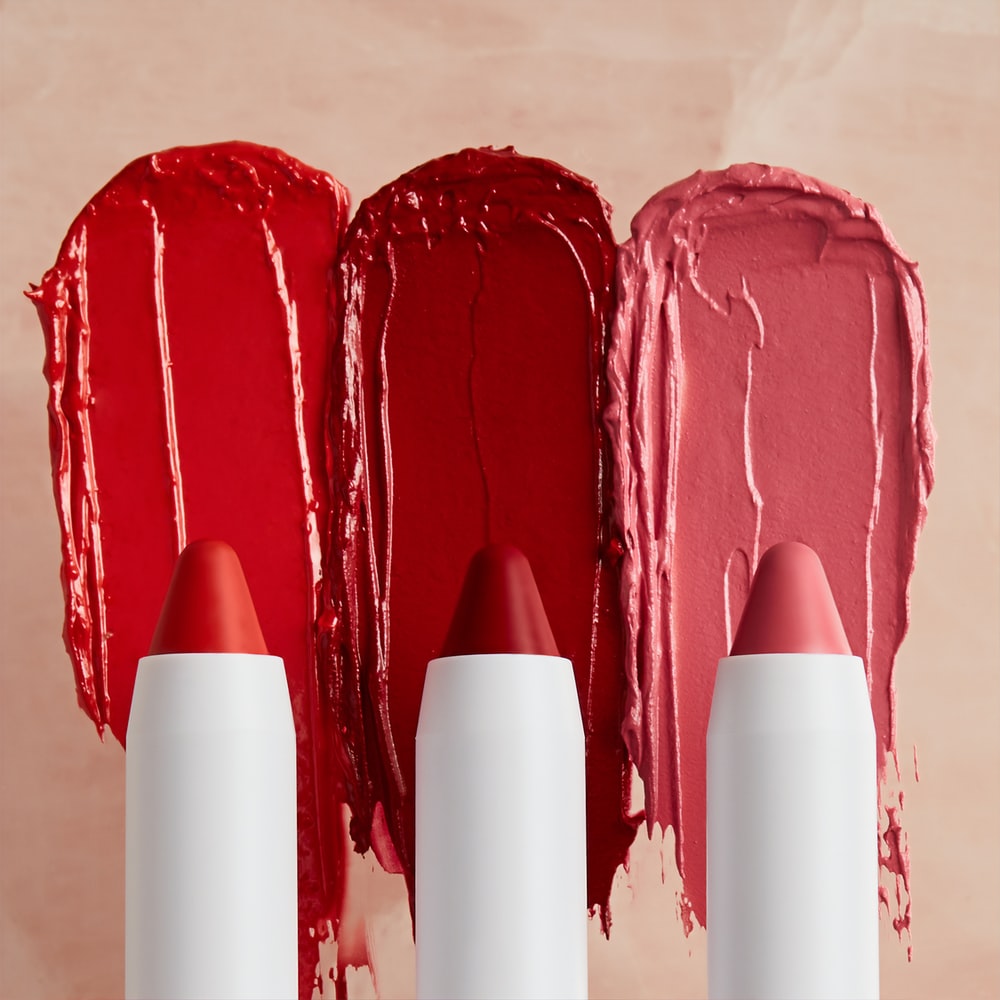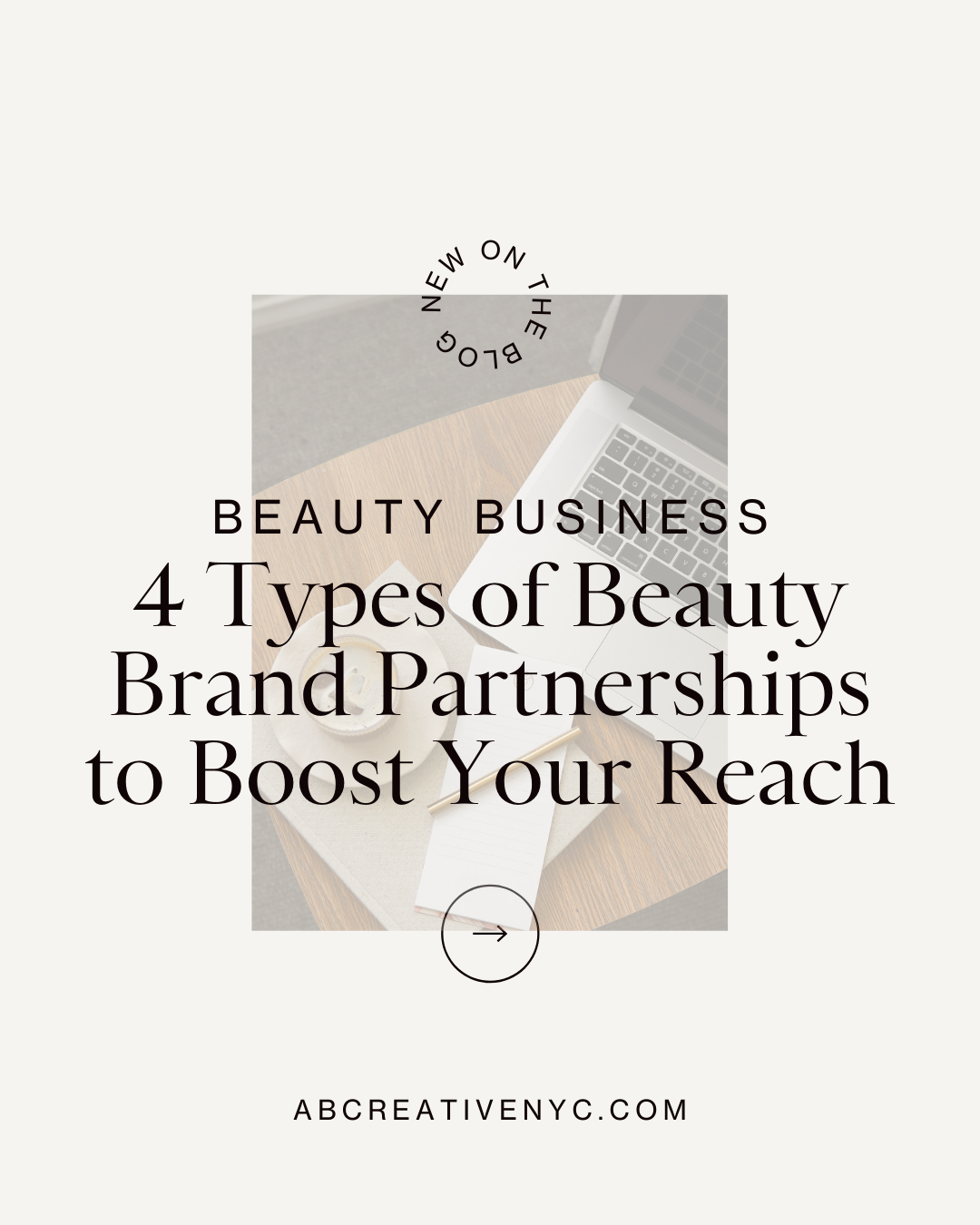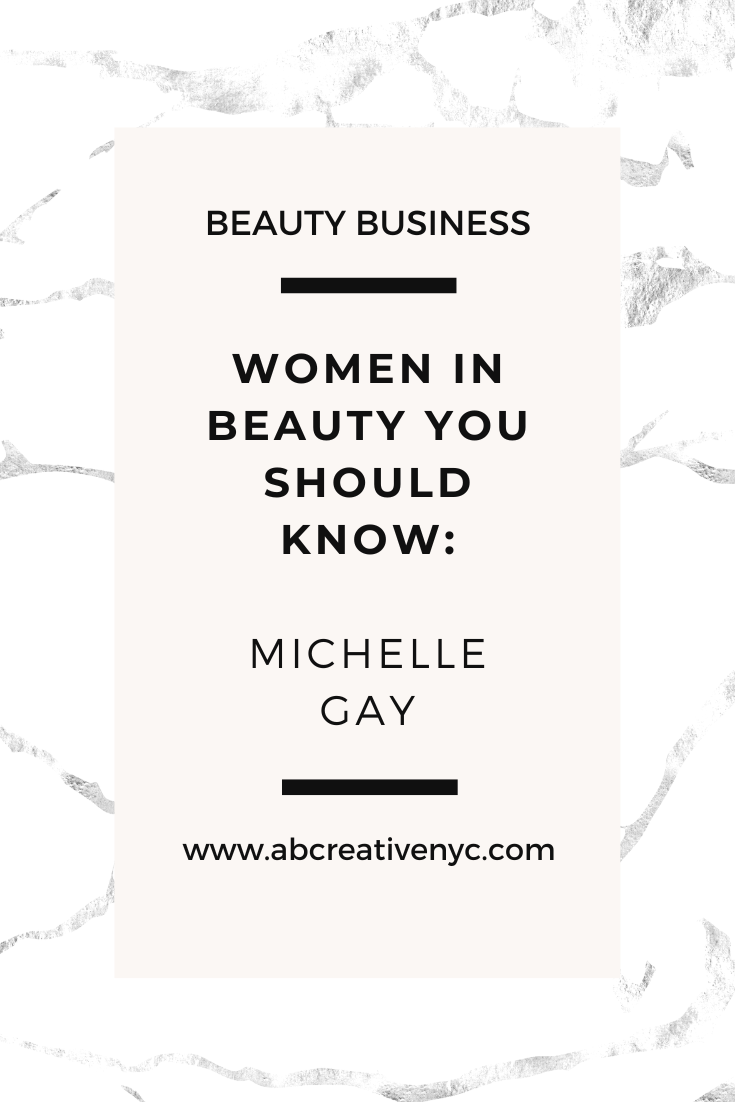While the last decade brought us beauty trends like CBD-infused cosmetics, 7-step skincare regimens, and product customization, the spirit of beauty in 2022 is more inclusive and full of functional benefits.
What’s more, as we look forward to a post-pandemic beauty industry, the line between wellness and beauty is disintegrating even further. We’re finding more and more beauty brands featuring their fair share of holistic benefits that consumers can benefit from as they put an emphasis on whole-body wellbeing.

13 Upcoming Beauty Trends and Innovations to Keep on Your Radar in 2022 and Beyond
1. Ingestibles – The Prevention Beauty Trend
With prevention being priority number one during the post-pandemic and pro-aging world, it’s no wonder why ingestibles is a beauty trend that’s increasing in popularity with no intention of slowing down anytime soon. Consumers are seeing ingestible beauty as a form of prevention and a complement to their topical beauty routines.
The fact that a majority of all health concerns starts with the gut, from acne flare-ups to chronic inflammation to hair loss (which was once common knowledge 2,000 years ago in Ancient Greece) is causing a rise in gut-targeted beauty products like RMS Beauty‘s Beauty Within digestive enzyme supplements and Love Wellness‘s skin-enhancing Good to Glow capsules. As consumers are starting to understand the role that gut health plays in their hair, skin, nails, and even their moods, they’re turning to the replenishing formulas of ingestible beauty products to fortify their gut microbiomes and consequently enhance their natural features from the inside out.
According to GE Capital Retail Bank, over 81% of retail shoppers conduct online research before they decide what they want to buy. Consumers are now self-prescribing beauty-enhancing powders, pills, and even teas that target their aesthetic objectives, from glossy hair to glowing skin. Ingestibles is a beauty trend that’s seen as a safer and more affordable alternative to enhance their physical appearance than invasive procedures.
Action Step: If offering ingestibles is a product idea that would align with your brand’s existing products, one action step to consider is offering a powder supplement infused with adaptogens and digestive enzymes for a specific purpose that can be sold in a bundle. For example, skincare brands can consider offering a skin-enhancing vitamin blend that can be offered in a comprehensive skin routine kit. Haircare brands can consider ingestibles to reduce hair loss.
2. Functional Fragrances – Where Wellness Meets Scent
As consumers turn towards holistic remedies, fragrance is no different. Mindful shoppers are looking for functional fragrances that boost energy, create a sense of calm, or make them feel more centered.
Buying perfumes as a signature scent is no longer enough for consumers. Shoppers are looking at natural and sustainably-sourced ingredients in their fragrances, ones that give extra benefits to the wearer beyond just smelling pretty or sexy. According to a 2011 study, certain scents are verifiably able to lower stress levels and effectively elevate our mood.
Functional fragrances is all about using natural ingredients to improve our wellbeing, whether it’s by energizing, increasing happiness, or creating a sense of calm. Fragrance brand, Heretic. uses “plant power” to offer therapeutic benefits rooted in ancient ayurvedic traditions. Their perfumes are 100% natural, derived from plants and flowers to offer healing and functional effects to their consumers.
Consumers are looking for fragrances to enhance their emotional states. Fragrance brands like Veronique Gabai empower their customers with sustainable and natural scents that positively impact their wellbeing. The founder Veronique shares “When you experience the scent, you can feel and see nature. It gives strength in the midst of chaos.”
With functional fragrances on the rise, your next perfume may be used to help you perform better, alleviate anxiety, or boost your mood. The Nue Co recently launched a unisex fragrance with anti-stress benefits. As the brand’s founder Jules Miller shared with Cosmetics Business, “fragrance is increasingly being linked with health and wellbeing benefits. Certain scents can elicit certain reactions with the body, both physically and psychologically.”
Action Step: If you’re a fragrance formulator, consider incorporating ingredients like jasmine, ylang-ylang, or tuberose, all of which are linked to promoting a sense of calmness and tranquility.
3. DIY – The Socially Distanced Beauty Trend
With all that’s happened, people are understandably hesitant about going out and being in close proximity to others. Instead of scheduling their regular appointments with their estheticians, they’re increasingly turning to at-home, social-distancing-approved DIY alternatives to hair salons, lash extensions, facials, and even hair removal. One hair-removal brand Wakse, has seen a 1,100% spike in sales, selling a product every 3 minutes. To adapt to the challenges, many beauty professionals like Joleen Emory are now offering new services like virtual makeup consultations and DIY beauty group workshops online.
At-home hair coloring is another DIY trend that’s gained popularity. As Refinery29 mentioned, “backyard blonde,” or using old-school methods like lemon to naturally lighten your hair while sitting under the sun, is the new summer 2022 beauty trend. Hair dye brands like DpHue and Madison Reed have also seen a 115% increase in sales over the year.

DIY beauty isn’t slowing down anytime soon. As consumers have opened their eyes to the fact that they can save money throughout these tough moments in our economy by doing things themselves at home, this is a beauty trend that will continue to be popular for the foreseeable future.
Action Step: Launch a product that can help at-home self-care. For example, haircare brands can focus on selling at-home “salon quality” hair-repairing or scalp treatments. Makeup brands may want to consider hiring makeup artists to offer 15-minute consultations. If online consultations are something you’re thinking about implementing in your DTC brand, click here to read more in-depth about this strategy and more.
4. Sustainable Packaging – The Eco-Friendly Beauty Trend
Clean beauty is becoming more than just the list of ingredients in a product. Brands are now expected to produce a cleaner product overall—that includes their packaging and PR kits.
Brands that send over-the-top PR bundles are now being seen as wasteful. Pat McGrath is one example of a company that received backlash from the media because of a promotional unboxing that involved an excessive amount of confetti packaging in a large box that was ultimately to showcase a single tube of lipstick.
French lifestyle blogger Anais Da Silva is one of many influencers who have expressed their frustrations about large PR kits that create single-use packaging waste. “It’s becoming such an issue to see all these packages at my door. A brand recently sent me a ton of samples where each product came in an individual box! It was just too much. These boxes just become trash.”
As an effort to encourage brands to be more sustainable during an era of eco-crisis, Da Silva uses her platform to praise waste-conscious PR packages. “I appreciate every brand that makes an effort. I just received a product that came in a compostable box containing little seeds that you can plant. I loved it. I always make sure to showcase brands that make efforts to reduce wasteful packaging like that.” Keeping packaging waste into mind, clean makeup brand Saie Beauty opts for organic cotton rounds instead of packing peanuts. Alima Pure is another makeup brand that pledges to offer carbon-neutral, eco-friendly packaging materials. As mentioned in Fashionista, “The boxes are crafted from 100 percent post-consumer recycled paper and printed with eco-friendly, soy-based inks, the jars are food-grade plastic, and all orders are shipped in recyclable geami paper instead of bubble wrap.”
But eco-conscious packaging isn’t only about shipping materials—it also includes product packaging. St. Rose, an artisan fragrance brand, is encouraging customers to be more sustainable by mailing back their used bottles to be properly recycled in exchange for a $25 discount on their next purchase.
Action Step: Consider switching your packaging materials to a more eco-friendly alternative. As new information is coming out about cardboard being more harmful to the environment than previously believed (they take up more landfill space and they contaminate groundwater when they biodegrade), brands like ASOS are switching to thin bags made of recycled plastic as an unexpectedly effective solution to lower their GHG emissions by 60%. For an easy, eco-friendly packaging alternative, you can also consider switching bubble wrap packaging with recycled materials. Ultimately, the most carbon-neutral packaging solution is using recycled materials or offering refillable and rechargable options.
5. ‘Maskne’ Skincare – The COVID-19 Reaction
DIY isn’t the only covid beauty trend we’re seeing right now. As we’re still being encouraged to wear masks when leaving the house, we’re seeing an increase in skin concerns now known as “maskne.” It turns out that the repeated friction of the mask against the skin ends up damaging the skin barrier and causing all sorts of irritation and acne, especially in sensitive skin types.
A study in Singapore on 307 hospital workers wearing masks found that over 60% experienced an increase in acne, while 36% reported a rash, and 51% experienced either skin itchiness or dermatitis. As masks have become the norm, I expect we’ll see continued demand for maskne-targeted skincare products. Skin Inc is one of the many skincare brands that are marketing their products as a solution to this new concern. Peaches Skincare is also producing helpful content to teach their customers how to use their products to combat the negative skin effects of face masks.
Action Step: Creating a new SKU isn’t entirely necessary. A simpler way that skincare brands can help their customers is by creating a new product category like Korean beauty brand Peach & Lily’s “maskne essentials” page. In your category page, include any products that can help improve the skin’s protective barrier, fortify the skin microbiome, help soothe irritation, or target blemishes.
6. Gender-Neutral Beauty – When Beauty Welcomes Inclusivity
This year is all about inclusive beauty. Gender-neutral fragrances accounted for more than 51% of the market in 2019 and this number is likely to increase this year, with mainstream brands like Louis Vuitton and Byredo also launching their own unisex perfumes.
Makeup brands like Jecca Black and Fluide (whose tagline is “beauty for everyone”) are leading the gender-inclusive beauty movement with gender-neutral packaging and images of both male and female models sporting their makeup on their sites.
WIth this progressing movement of less-defined gender norms, consumers are looking for brands that reflect their values. Consumers are turning towards brands with non-gender-specific packaging, product titles, and models that aren’t limited to just one idea of what beauty should look like. The way forward for beauty brands is to satisfy this new expectation of inclusion.
As beauty brands are moving toward genderless packaging, they’re also beginning to collaborate with more male beauty influencers. This includes Wet n Wild’s recent collaboration with male influencer Brettman Rock on an eyeshadow palette called “Jungle Rock.” Rock said in a press release, “A makeup line by a man will be in-store across the globe. That’s my power. That’s our power. Welcome to the jungle.”
Action Step: If you’re a brand built on inclusivity, consider what that looks like in 2022 and beyond as you expand your line. That could involve adding more images of men using your products in your social media feed or advertising.
7. Men’s Beauty – Women Aren’t the Only Ones Who Want to Glow
As the beauty scene becomes more and more inclusive, it’s no surprise that men’s beauty has seen a rise in popularity. The Indie Beauty Expo in London last year demonstrated that beauty brands made specifically for men are becoming more prevalent. Be more specific. Shakeup Cosmetics is an emerging beauty brand that offers products like concealers, tinted moisturizers, and lip gels exclusively for men.
Cosmetics for men is a beauty trend that’s only in its infancy. A recent study from Allied Market Research also backs up this observation with the fact that the global men’s personal care market will gradually increase by 5.5% each year to reach $166 billion by 2022. Baxter of California, a grooming brand that offers men hair, skin, and shaving essentials, continues to grow their reach as they’re currently sold in Sephora and worldwide.
Action Step: If it aligns with your brand, offer beauty products specifically designed for men. Makeup brands can offer tinted moisturizers, while haircare brands can expand their collection to male styling products that have traditionally been assigned to women, like dry shampoos or leave-in conditioning treatments.
8. Activist Beauty – The Beauty Trend About Giving Back
It’s cool to care. Consumers are more conscious of their purchase power and are turning to activist-based beauty brands like Fempower Beauty for their makeup. For every lipstick purchased, Fempower is donating one lipstick to a woman in need. The brand shares on their website, “Fempower products are activism in the form of makeup, [….]nourishing the skin and empowering the soul are one and the same.”

In a saturated beauty market, the brands that dare to show an edge and that take a definite stance on today’s issues are the ones that stand out, land more media coverage, and attract passionate customers. What’s more, brands like Fempower that are charitable with their profits end up with customers who feel proud of their purchases.
Action Step: Is your brand currently involved in activism? If not, consider a limited-edition product where proceeds are donated to a certain cause that aligns with your brand values. For example, cruelty-free brands can team up with an animal rights charity, a female-led company can empower women in need (like Ground Up who helps women overcome homelessness through training them for jobs).
9. AI Beauty- The Future of Cosmetics
Expect to see more evidence-based skincare popping up in 2022. As one of the major questions with all skincare products is whether or not they actually garner results, skin tech brands are helping consumers uncover the truth at home. For example, the ever-so-popular Proven Skincare brand offers a multi-step, hyper-personalized skincare regimen. Customers receive personal skincare recommendations after taking an in-depth quiz that’s powered by a machine algorithm that learns about your unique skin, lifestyle, and environmental factors.
HiMirror is another brand that’s offering a smart mirror that performs a daily skin analysis to track skin changes that take the guesswork out of the user’s skincare results. The mirror can also offer personalized recommendations and let you virtually try on new makeup looks.
What’s more, several brands like Pathway Genomics are offering DNA testing kits to help curate skincare recommendations based on a person’s genes and skincare traits. Another brand called Atolla offers AI beauty tech for monthly at-home skin tests that they use to create personalized serums for each user that can vary each month.
Action Step: If your brand features several products, consider adding a personalized quiz using an algorithm to help your customers find products in your collection that are tailored to their concerns and preferences.
10. Premium Body Care – The Last Hole in The Beauty Market?
This year, we can expect beauty brand investors to be moving away from skincare and onto less populated markets. The next wave of trendy brands attracting major investors in the beauty industry is increasingly focused on genderless body care. Major fragrance giants like Byredo, Dipytique, and Nest have already started to make their plays in this market with ultra-luxurious collections of body creams, hand sanitizers, and shower gels starting at $35. What’s more, OG brands like Molton Brown are coming full circle. One of the first luxury care brands to launch on the market in 1971, they’ve experienced an 81% increase in online sales with the highest sales being their hand soaps in the past year alone.
Brands like Dr. Dennis Gross, the celebrity-loved brand that’s known for their potent at-home facial peels, have launched an exfoliant with exfoliating AHAs and BHAs for the body to target stubborn acne and keratosis pilaris. Meanwhile, popular skincare ingredients like squalane and hyaluronic acid are finding their way into mainstream body washes and oils From Kiehl’s to CeraVe.
But the market still has room for small independent brands to claim their space. As Jessica Defino shares with Fashionista, brands like Necessaire are answering major gaps in the market: “Between $30-a-pop yoga classes, organic veggies from the farmer’s market, adaptogenic supplements to stir into your morning smoothie and that new vitamin subscription you just signed up for, it’s likely (conservatively) upwards of hundreds of dollars per month. So why are you still reaching for the $6.99 bottle of drugstore body wash every time you take a shower?”
Meant is another emerging premium hygiene care brand racking up increasing demand from consumers. Their tagline “multitasking organic body care” reflects their minimalist range of products which are each multipurpose so you can do more with what you have. Their toning body scrub for example also doubles as an in-shower moisturizer.
Action Step: Would a body care collection fit in with the rest of your SKUs? If so, there’s still space in this category to make it your own.
11. Waterless Beauty – Travel Friendly & Sustainable Formulas
As our planet is in the midst of a climate crisis, we can expect to see more and more innovations from businesses that are working for eco-friendly options. Waterless formulas are the new sustainable innovation on the beauty block, as we start to see new newcomer brands like Bawdy offering body cleansers in powder form. When asked about the sustainability benefits of waterless beauty products, founder of Vapour Beauty Krysia Boinis shared to Forbes, “No water in formulas means smaller packaging made of significantly fewer materials.” To put it simply, without water, the products can now fit into smaller, lighter, packaging, which helps reduce the overall carbon footprint. What’s more, without water, which is a breeding ground for bacteria, beauty brands can use preservatives that are more natural. To add to the list of benefits, these products tend to be travel-friendly thanks to their smaller size, and their formulas are more concentrated in active ingredients, meaning they may be more potent (a little goes a long way) and therefore longer-lasting, giving the customer more bang for their buck.
Action step: If you run a beauty brand, consider adding waterless products to your SKUs.
12. Heavy Duty At-Home Investments – Splurge-Worthy Beauty Tools
As we slowly get more and more used to lockdown restrictions, shoppers are building habits and rituals, including being more willing to shell out for heavy-duty treatments to replace their previous beauty regimen. Now is the time to do everything at home.
We’re also seeing new, more strategic inventions of previous habits like facial rollers. Carbonnique‘s unique facial tool was created by a dermatologist to mimic the massage techniques used by estheticians during facials. (You can check out my interview with them here for more details).
Since getting skin treatments done IRL isn’t exactly COVID-friendly, many consumers, including celebrities like Miranda Kerr and Jennifer Aniston, have been turning to DIY facial lifting treatments like NuFACE.
But it’s not just about the skin. Heavy-duty hair treatments have also seen a rise in demand. Shoppers have been more keen than ever to splurge on products like a $400 Dyson hairdryer if it means saving time drying and being able to style their hair with minimal damage. When asked about why they decided to enter this industry, Dyson’s CEO said “‘We thought, here’s a product that, for 50 years, hasn’t been touched.’” So they set out to create an original hairdryer that addressed the concerns of a traditional one (i.e. one that’s not as noisy, heavy, or damaging to the hair. Dyson has seen a 33% increase in profits.
To add to the list of major laser treatments now available at home, we’re seeing a rise in demand for permanent hair removal like Silk’N’s laser treatment, as well as teeth whitening, LED light remedies from brands like Snow, laser hair growth treatments from Theradome, and even at-home teeth aligning treatments like Byte. Beauty and wellness tools will make a big appearance in 2022.
Action tip: It’s never too late to enter an industry with big players if you have an original idea. Now more than ever, shoppers are still willing to spend their money on a product that gives them salon or spa-level results at home.
13. Halal Beauty – Clean Beauty for All
As the beauty industry aims to represent more demographics, it’s no surprise that halal-certified beauty products are growing in number. Halal beauty means that the products are free of any ingredients derived from pigs or alcohol. With vegan, cruelty-free eye-liners, Lyda Beauty‘s newly halal-certified makeup products are now reaching a global market. The founder, Lyda Fischer, shares, “Abiding by Halal standards means that there are fewer toxins, no pork or animal-derived ingredients, no GMOs or insects used. The word itself means permissible (according to Islamic law) and provides healthier products in general that far outreach the Muslim community.”
The global Halal cosmetics market size is projected to reach USD 52.02 billion by 2025 with makeup products to be the second-largest segment, registering a CAGR of 12.5% from 2019 to 2025, according to Businesswire. To represent their Muslim shoppers, Amara Cosmetics is the first beauty brand in North America to be halal-certified, their products don’t involve the use of any animal products or alcohol.
Action Step: If your products are already certified cruelty-free, vegan, and alcohol-free, consider getting them certified halal to represent the needs of your Muslim shoppers.
Does your brand align with any of these current and upcoming 2022 beauty trends? Comment below and let us know if and how your brand implements any of these trends. We’d love to include it in this article 🙂
Want help in uncovering your company’s cult-status brand and marketing strategy? Want to be the kind of brand that has customers hopping on waitlists and spreading the word of your brand for you without you even asking? Learn more about our beauty brand incubator live program here.
Written by Aggie Burnett & Keemia Kaboli.






